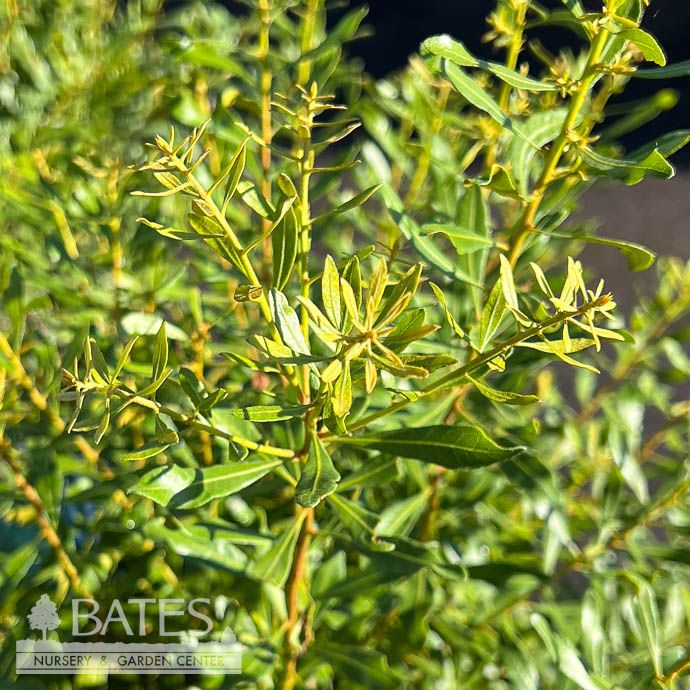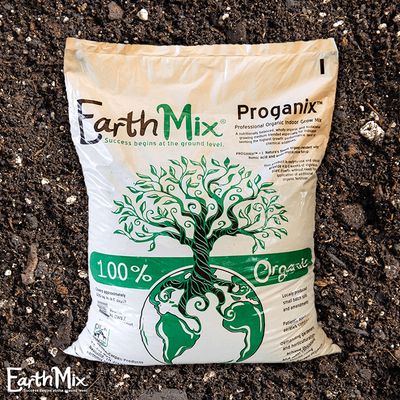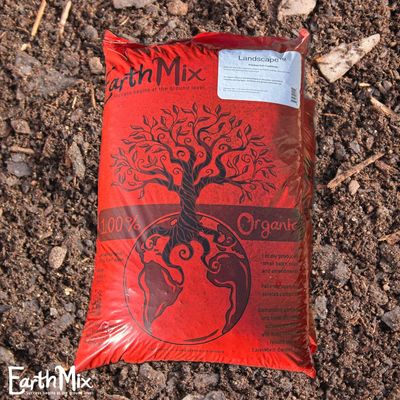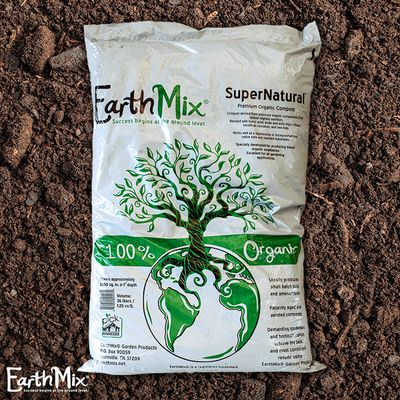#5 Myrica cerifera/ Southern Wax Myrtle Native (R)
#5 Myrica cerifera/ Southern Wax Myrtle Native (R)
SCIENTIFIC NAME: Myrica cerifera, Morella cerifera
COMMON NAME: Wax myrtle
GARDEN SIZE: 10-15 feet tall x 8-10 feet wide
GROWTH RATE: Fast
USDA ZONE: 7 to 10
EXPOSURE: Full Sun to Part Shade
WATER & SOIL: Prefers moist, well-drained soil. Tolerates poor soil. Drought tolerant once established.
HABIT (FORM): Dense, irregularly-shaped evergreen shrub or small tree; suckering habit
FOLIAGE: Evergreen; glossy, aromatic, oblanceolate olive green leaves, 3-5 inches long, with yellow resin glands; emits bayberry fragrance when crushed
FLOWERS: Fragrant; Drab, insignificant yellow-green blooms February to March, followed by showy, blue-gray, aromatic, waxy globose fruits in small clusters that persist through winter. Dioecious (separate male and female plants), usually unable to label plants as one or the other.
PLANT ORIGIN: North and Central America, and the Caribbean (south of Tennessee).
WILDLIFE SUPPORT: May provide some nesting sites and shelter for birds and small mammals, but does not serve as much of a host for local insects and wildlife unless their range stretches this far north. May provide food for insects in the spring.
FERTILIZING: May apply organic compost in the spring.
PRUNING: Prune to maintain desired shape or to train as a small tree; remove suckers to prevent spreading if not desired
TOXICITY FLAGS: Generally considered non-toxic to dogs, cats, and horses.
USES: Hedges, Privacy Screens, Ornamental Groupings






